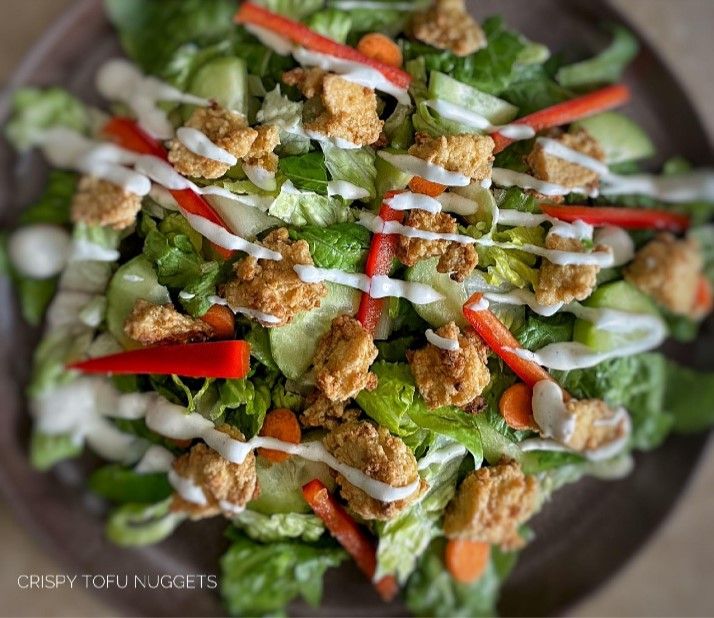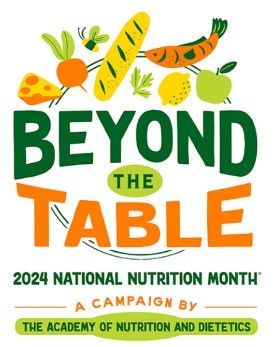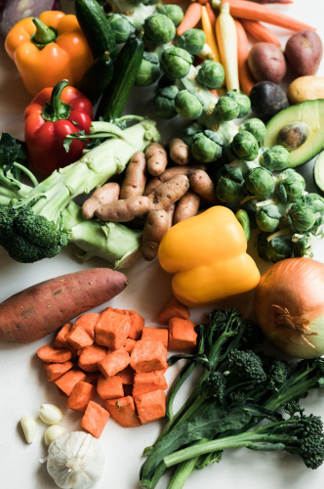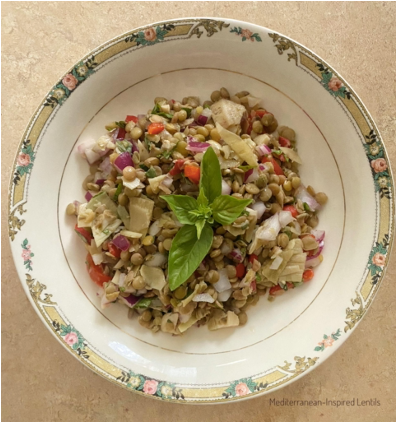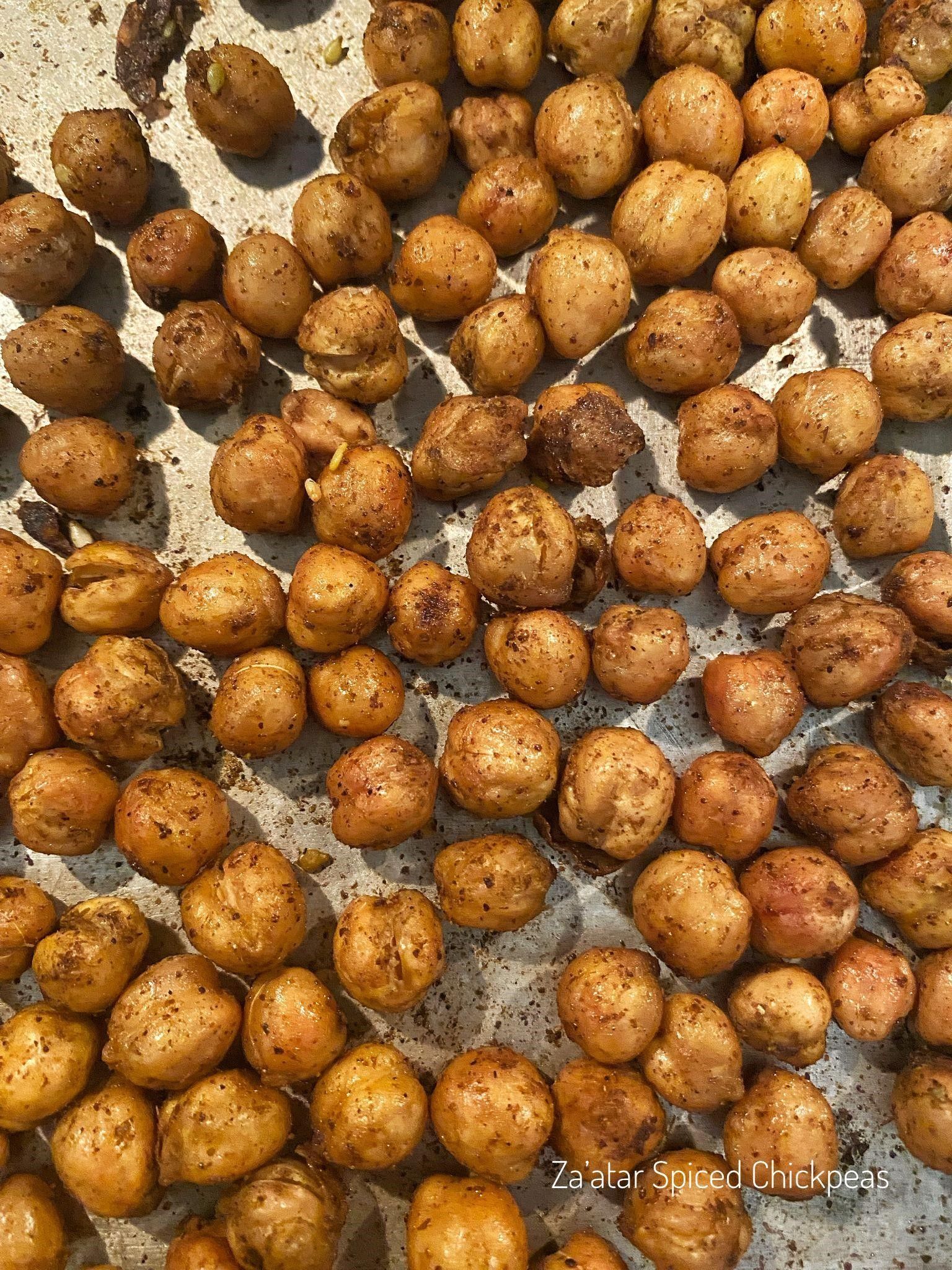Healthy Holiday Eating

Holidays bring excitement, decorations, time with family, and, of course, food. While there are only a few days that are official holidays, holiday eating can seem to last for a month with treats at work and friend gatherings, boozy gift-giving events, and more. Some holiday foods are perfectly nutritious; others fall on the more indulgent end of that scale. Here are a few tips to help navigate your food choices during holiday times.
A disclaimer to begin. Some foods and meals that are part of the holidays hold great family or cultural significance. Some are things you might spend the entire year looking forward to. Not every food or dish needs to or should be “healthified.” If you have a special tradition that you want to maintain, I encourage you to do so. Choose behaviors that reflect more nutritious choices when they feel comfortable with you and leave what doesn’t.
Tip #1: Recognize that an entire season of holiday eating does not need to occur at a single meal. The scarcity mindset, or the idea that food is limited, often leads to overeating in response to a feeling that food won’t be available after a certain point. Recognizing that there will likely be leftovers after a meal, another cookie at another party, or another snack coming up soon can help combat this urge to eat everything in one sitting. Seek out foods that are truly one-of-a-kind or the foods you will really enjoy and leave other choices for another time.
Tip #2: Put away leftovers after a meal or snack. This tip is a good one from a food safety perspective (refrigerate leftovers soon after a meal to slow bacteria growth!), but it is also a way to be mindful of your consumption. There really is something to the idea of “out of sight out of mind.” Snacking and grazing on foods that are visible and on display is easy to do. Sometimes the mere sight of food can trigger feelings of hunger, even if you just ate. As a host, you can still welcome your guests to help themselves, but removing these items from sight after you are done with the meal can reduce unwanted snacking.

Tip #3: Try the plate method. This method of eating involves filling half of your plate with low-carbohydrate vegetables (asparagus, broccoli, green beans, lettuce, etc), a quarter of your plate with lean protein, and a quarter of your plate with complex carbohydrates (whole grains, potatoes, beans, winter squash, etc). This approach creates a meal with a variety of nutrients and encourages balanced portion sizes. Multiple foods can fit in each category so don’t feel limited to one item!
Tip #4: Consider modifying the recipe. Some holiday foods are high in saturated fat, salt, and/or added sugar. These are nutrients that are not great for health and many Americans tend to eat more of them than they need on a regular basis. Most saturated fat comes from animal fats in meats, full-fat dairy, or tropical fats (like palm kernel oil). Switching to leaner cuts of meat, fat-free dairy, and vegetable oils can decrease the amount of saturated fat in a dish. Salt tends to be present in high amounts in premade meals and mixes and processed meats like ham or bacon. Consider making a side dish from scratch or using smaller amounts of salty ingredients. Sugar can be a challenge to modify as not all sugar substitutes bake as traditional sugar does, however, some sugar substitutes work well. Sugar consumption can also be reduced by choosing smaller portions of sweet beverages and desserts.
Tip #5: Plan for the next meal. A single indulgent meal is unlikely to derail your health or nutrition goals. Plan for the next meal or snack by having nutritious items like salad mix, prepared raw vegetables, or sliced fruit on hand so at your next meal you can easily transition to your regular (nutritious) habits.
Manhattan Nutrition Clinic Blog
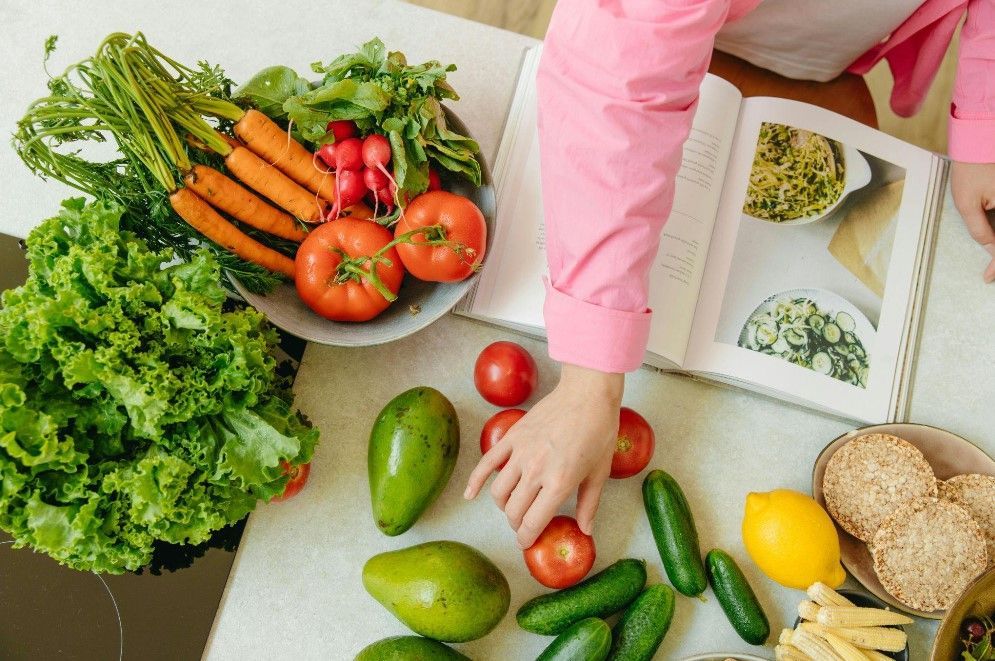
Contact
Phone:
Fax :
785-576-1146
Email:
rdn@manhattannutritionclinic.com
Address:
200 Research DRIVE,
MANHATTAN, KS

